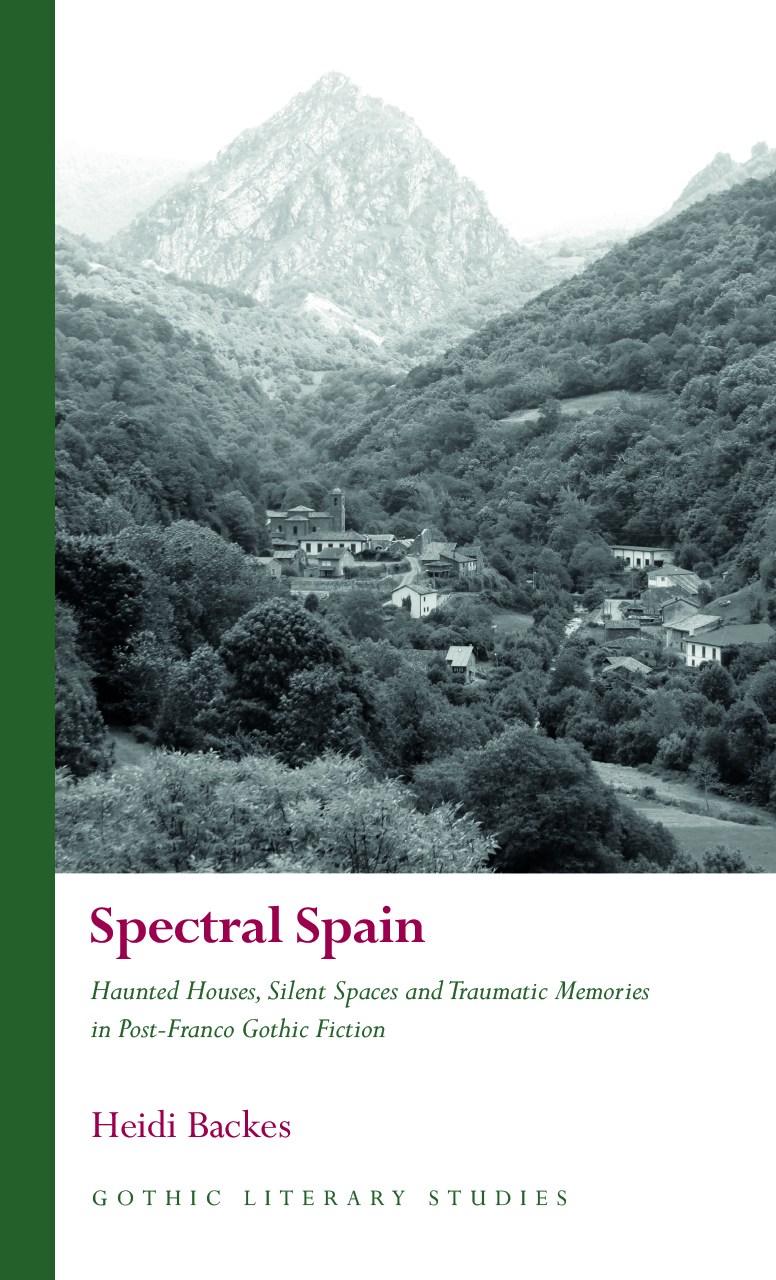Spectral Spain
Haunted Houses, Silent Spaces and Traumatic Memories in Post-Franco Gothic Fiction
Awdur(on) Heidi Backes
Iaith: Saesneg
Dosbarthiad(au): Literary Criticism
Cyfres: Gothic Literary Studies
- Mai 2024 · 272 tudalen ·216x138mm
- · Clawr Caled - 9781837721269
- · eLyfr - pdf - 9781837721276
- · eLyfr - epub - 9781837721283
Am y llyfr
Spectral Spain examines the Gothic haunting motif in post-Franco Spanish literature. With a theoretical framework in memory and trauma studies, and a particular emphasis on the inclusion of women’s voices, this book is the first to provide an in-depth study of spectrality and haunting in the Gothic literature of contemporary Spain. Through close readings of eleven main texts, the author examines haunting as the perfect motif for Spanish authors to portray the tension between modernity and the imposition of a monocultural, nationalised tradition throughout the twentieth century – noting not just the trauma of the civil war and resulting dictatorship of Franco, but also the continuing and widespread disenchantment during and after the Transition. Through its references to the contemporary debate surrounding historical memory, Spectral Spain demonstrates the relevance of the Gothic in Spanish literature, and the continued ghostly returns of the past in the socio-political anxieties of the present.
Cynnwys
Series Editors’ Foreword
Acknowledgements
Introduction: Spectral Spain
Part One: Haunted Houses. Introduction.
1 A Ghost in the Looking Glass: Reflections on Women’s Autonomy and Catalan Independence in Mercè Rodoreda’s A Broken Mirror
2 Shifting Borders: Race, Class and the Phantasmagoric Other in Bene by Adelaida García Morales
3 A (Haunted) Room of One’s Own: The Evolution of Gender Roles and Female Sexuality in Adelaida García Morales’s Aunt Águeda and Elisa’s Secret
4 War at Home: The Haunted House as Battlefield in Ana María Matute’s Family Demons
Part Two: Silent Spaces. Introduction.
5 The Ghost Howls at Night: Silence, Death and the Politics of Fear in Julio Llamazares’s Wolf Moon
6 Life in a Ghost Town: Gothic Landscapes, Rural Memory and the Silence of Loss in Julio Llamazares’s The Yellow Rain
7 Unspeakable Truths: Silence, Spectrality and the Artifacts of Memory in Cristina Fernández Cubas’s The Swing
Part Three: Traumatic Memories. Introduction.
8 Violent Childhood: Dark Imagination and the Trauma of Progress in Espido Freire’s Irlanda
9 The End of Innocence: Childhood Fantasy and Monstrous Reality in Ana María Matute’s Uninhabited Paradise
10 As the Ghost Speaks: Bearing Witness to Fascist Horror in Carlos Ruiz Zafón’s The Prisoner of Heaven
Conclusion
Notes
Bibliography


